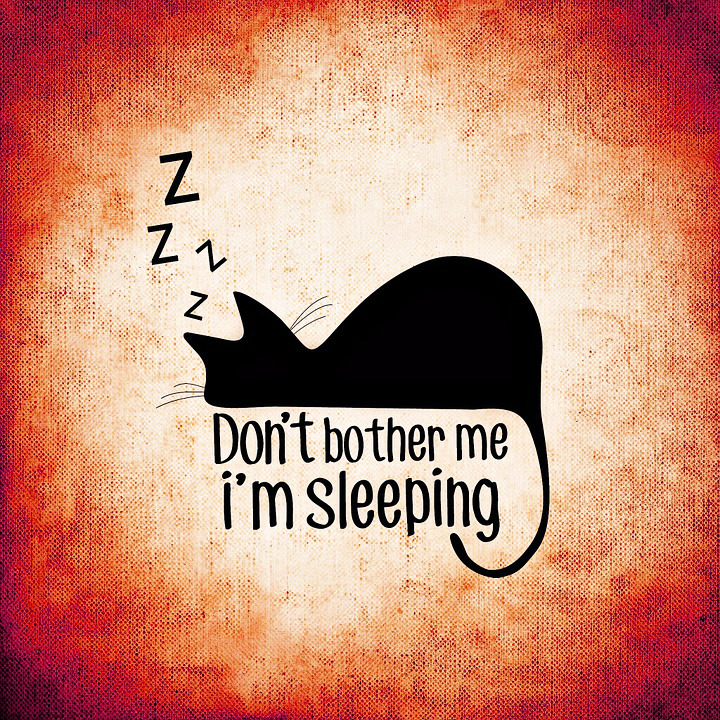Sneezing Cats- It Really Hits Them Hard8 min read
SNEEZING CATS ARE IN DISCOMFORT
Everybody has to sneeze every once in a while. There are reasons why all mammals sneeze. Like a cough, sneezing is a mechanism that tries to eliminate something from the body. It could be foreign particulate matter that a cat inhaled and the only way to eliminate it is by sneezing. Sneezing cats are not really sick unless the animal is lethargic and has lost its appetite. Cats have a habit of sneezing when something they smell irritates or turns them off. Foods that do not appeal to them or cigarette smoke can commence the sneezing reflex.
The most common cause of sneezing cats is a viral respiratory infection. This type of infection is acquired easily from other cats via nasal secretions or grooming from cats in close proximity to one another. This is why shelters and catteries do their best to disinfect their premises. Viral infections can pass through these facilities like a hurricane. The most common viruses that cause problems in domestic cats are: feline rhinotracheitis, feline calicivirus and feline herpes virus. The latter virus is like any herpes virus. It never, ever leaves the host but hides in white cells evading the immune system. It pounces at any weakness in the humoral or cellular immune system. The positive thing is that there are vaccines for each of the diseases. No vaccine is perfect but vaccinating young kittens and adults is the best way to prevent disease transmission. The big problem with sneezing cats is not the virus per se. It is the secondary bacterial infection that really drags them down. These infections are worse in young kittens since they have an immature immune system. Some may spontaneously clear but the majority become extremely sick. Adult cats may clear an infection since they have a mature immune system but they can act as carriers of the virus to any susceptible feline.
Viruses and bacteria may cause discomfort in the majority of sneezing cats but there are other causes. Cats and dogs are like walking vacuum cleaners. Their noses are always close to the ground sniffing XYZ. In the process they may inhale grass awns, pieces of cat litter. Anything that is small enough can pass into the nasal cavity. It then sets up an infection with sneezing as one of the clinical signs.
Fungal infections may also set up shop in the nasal cavities. In older cats nasal carcinomas or other tumors may cause sniffling and sneezing as a sign. Most of these infections are detected after a negative response to antibiotic and other ancillary treatments.
Cats are completely different from dogs in many ways. This is the case because they are obviously different species. Dogs can suffer from a continuous sneezing attack. This irritates the lining of the nose and causes a rupture of capillaries in the area. This is what a nose bleed is! A “bloody nose” (epistaxis) rarely occurs in cats. The big difference from dogs, when ill with a respiratory virus, is that cats act more like a person with the flu rather than just a “head” cold. If not caught early, sneezing cats affected with a viral infection can become extremely ill.
WHAT HAPPENS TO THESE CATS?
Like the picture above most cats sleep during the day but are much more active at night. Because of this behavior it is often hard to differentiate a healthy cat from a sick cat. Sneezing cats become very lethargic and inactive when sick. The problem is that cats are lethargic and inactive to begin with- easily sleeping 20 plus hours a day! Making matters worse is that cats mimic healthy behavior even when extremely ill. You look at them and they look normal but they are very ill.
Sneezing cats with a respiratory viral infection will develop runny noses. The nasal discharge may be in one or both nostrils. The secretions may be clear or yellow pus containing (purulent). Many cats will develop a conjunctivitis in both eyes. TIP: Viral infections usually produce conjunctivitis in both eyes. If only one eye is affected it is usually due to an allergy, an irritant or a developing corneal ulcer. Animals may also develop a non-productive coughCoughs come in two varieties. One is productive and the other non-productive. A productive cough is one that coughs up mucous, phlegm or other viscous materials. A non-productive cough does not. It is just a cough, nothing more.. The signalment that causes the majority of problems for cats is a high fever. High fevers of 106.0 F are very common. If they occur during hot summer weather the cat is extremely uncomfortable. That high fever leads to a decrease in appetite and fluid intake. The cat at this point is basically burning up and can get dehydrated in hours. In kittens and senior cats this can lead to kidney (renal) failure. In a few days an easily treatable disease can blow up in a cat’s face. As all cat owners know, a cat can become extremely ill in just a few hours.
HOW ARE THEY TREATED?
It is important to seek early veterinary care. The earlier the cat is treated the better it is for the animal. If the animal has a low grade fever antibiotics and an oral caloric supplement are often all that is needed. If conjunctivitis is present an ophthalmic ointment will make the cat feel much better. Regaining a cat’s appetite is crucial. Any cat that doesn’t eat for 3 days is susceptible to hepatic lipidosis; an accumulation of fat cells in the liver. This condition is rarely reversible in cats. Cats also need to regain their appetites in short order since their bodies can not synthesize taurine, an essential amino acid needed for metabolic processes. Humans and dogs can manufacture taurine from other sources but not cats! It has to be supplemented in the cat’s diet. Lack of taurine in a cat’s diet can lead to blindness and cardiomyopathy. Most diets are supplemented with taurine but if the cat is not eating it will not do any good with the food sitting in the food bowl. All cat owners should keep Nutrical® handy. It is a high caloric gel supplemented with vitamins plus taurine and only requires a small amount applied to the roof of the cat’s mouth. Most cats enjoy and or tolerate it. Another source of taurine is clam juice. It is available in small bottles at most local supermarkets. A teaspoon per day is adequate. There are drugs that are often used to stimulate appetite in cats. The most commonly used are cyproheptadine and mirtazapine. The latter is a serotonin uptake inhibitor (anti-depressant) used in humans that has an appetite stimulating effect in cats. B-complex supplementation also works to boost cat appetites. Cats need at least 3-4 times the amount of B-Complex vitamins as dogs. Nutrical® is fortified with all the essential B-Complex vitamins.
Fever in cats can be a problem. Cats can not tolerate aspirin or Tylenol®. The latter will kill a cat with just ONE dose! For practical purposes there are no safe anti-febrile drugs on the market for cats. That is why it is crucial for cats in this condition to receive antibiotics plus subcutaneous fluids to stave off dehydration.
The best way to take care of a cough and or any type of nasal drainage is by employing steam vapor or nebulization therapy. If a cat is extremely ill most clinics will hospitalize the cat and use their own nebulizer juiced up with many beneficial drugs to make breathing easier. At home the easiest route is to put the cat in your bathroom when you take a hot shower and shut the door. The cat will benefit from steam coming off from the shower head.
Most sneezing cats benefit from therapy. As the fever declines clinical signs will reverse. Whenever you see a cat eating on its own you’ve got it made. Cats that do not reverse warrant a work up to find the cause. This will require blood work, cultures and radiography.




